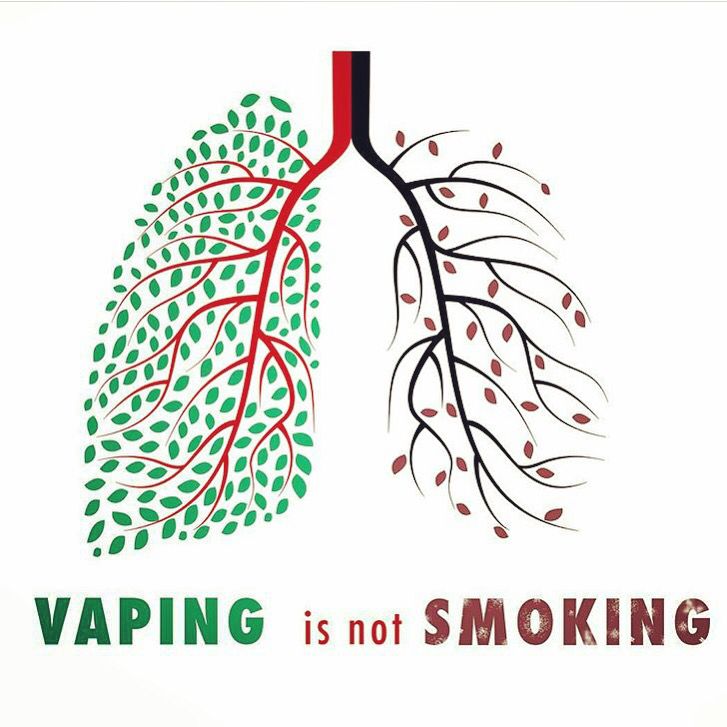
Dr. Stephens Williams, at the School of Earth & Environment Sciences, University of St Andrews, has published a paper examining the potential of e-cigarettes causing cancer compared to the potential of smoking tobacco. Unfortunately, this science is being swept under outrageous claims from California.
Dr. Stephens tried to quantify “the respective harm that results from inhaling the emissions of vaporized nicotine produce in comparison with smoking tobacco.” As stated by him it “is an essential matter for public health.”
As part of the method, Stephens stated that some dangerous compounds are completely absent in e-cigarette vapor. These included:
Arsenic
Chromium
Benzo(a)pyrene
4-Amino-biphenyl
2-Amino-biphenyl
1, 3-Butadiene
Benzene
Acrylonitrile
In conclusion, he stated: “Most electronic cigarette emissions have the potential of causing cancer in order of magnitude of the nicotine inhaler, a product which is generally regarded to be safe.” But, it is not all good as he mentions formaldehyde to be “the most important e-cigarette carcinogen which can exceed that of tobacco especially at the highest settings of some multi-power tests.”
Those who vape and their advocates can easily point out the reason for this is obvious – it is a dry-burn situation which is no reflected in actual vaping.
“Most electronic cigarette analyses indicate cancer potencies less than 1% that of tobacco.”
The full conclusions:
“There are situations where the risks of cancer from e-cigarette emissions can increase rapidly, often substantially. Usually, these situations can be avoided if the causes are known.”
The study indicated facts which Glantz Stanton’s funder simply couldn’t stomach. As a result, he man attempted to discredit the paper: “Electronic cigarettes and cancer: If you ask the wrong questions, you will get the wrong answers.”
Glantz Stanton’s contribution to this debate sinks deep and smacks rank desperation.
